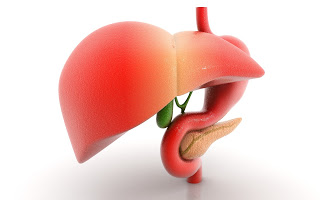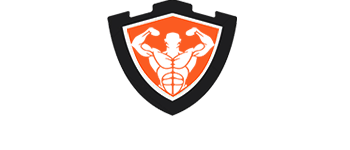The Effects Of Alkylated Steroids On The Liver
Alkylated Steroids
Alkylated steroids are all steroids that have undergone the C-17 alkylation process, whereas they have been designed to survive the first pass of the liver as previously discussed.
Typically, these steroid types are going to present the most direct and potent threat to your liver health overall (in theory of course) due to their “double processing” requirements, but the severity of that threat directly relates to the strength of the item you use.

Dianabol (moderate-high risk):
Dianabol is a powerful mass building agent and is considered to be one of the “harshest” steroids on the liver, second only to perhaps anadrol.
In truth, the difference between anadrol and dianabol is quite considerable in terms of their individual potency and risk potential, but it’s still fair to class dianabol as having one foot in the “top risk level” when compared to other compounds. With protection in place, you shouldn’t encounter any issues, but please be aware that they can still arise.
Anadrol / Oxymetholone (high risk):
Even with the appropriate protection in place, some users find that toxicity does still develop, sometimes to quite a considerable degree. This is supported by a short cycle length of roughly 6 weeks on average when compared to the slightly longer usage time of other products.
Anadrol (high risk):
Even with the appropriate protection in place, some users find that toxicity does still develop, sometimes to quite a considerable degree. This is supported by a short cycle length of roughly 6 weeks on average when compared to the slightly longer usage time of other products.
Oxandrolone / Anavar (low-medium risk):
Anavar has a fairly misleading anabolic / androgenic rating that doesn’t directly convert into real world results in quite the manner its rating would imply, if it did it would actually be stronger than anadrol.
In actual fact though, it presents quite a mild risk meaning that should the appropriate protection be in place, you are unlikely to suffer any negative issues in a particularly potent manner.
Winstrol (medium-high risk)
Protection will usually provide a safe internal atmosphere, but adverse issues can sometimes slip through the net regardless. Provided you are having regular checks whilst on cycle, it’s unlikely that you’ll encounter anything too serious.
Winstrol (medium-high risk)
Protection will usually provide a safe internal atmosphere, but adverse issues can sometimes slip through the net regardless. Provided you are having regular checks whilst on cycle, it’s unlikely that you’ll encounter anything too serious.
Always use a product quantity that is relevant to your level of experience and tolerance.
